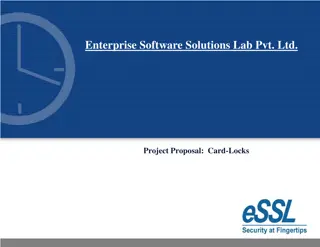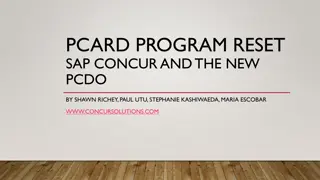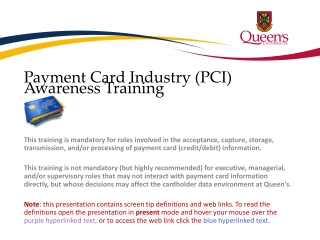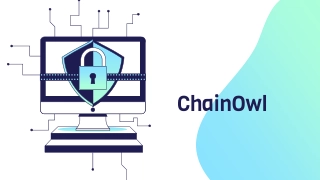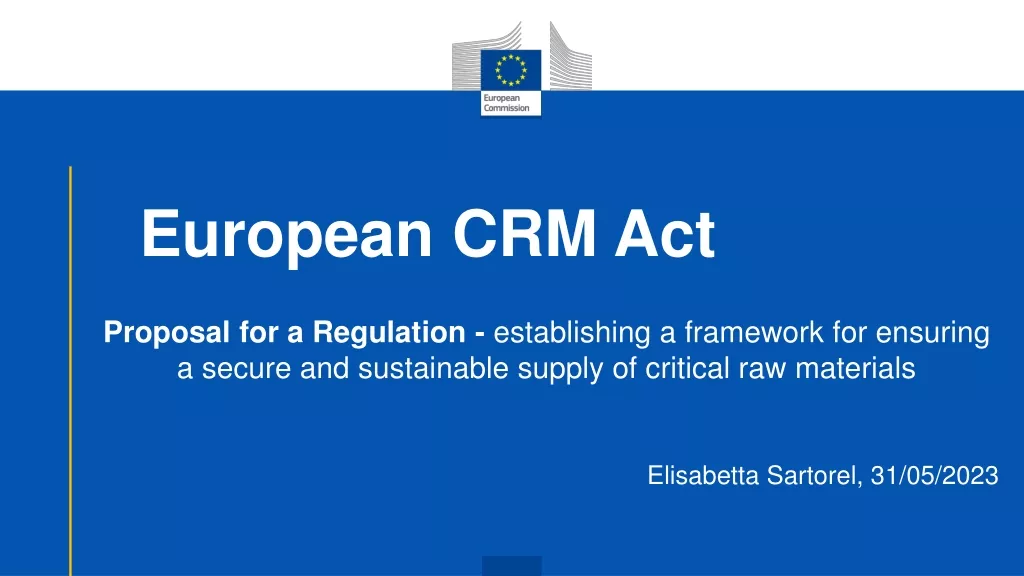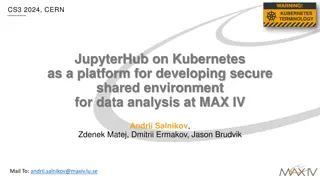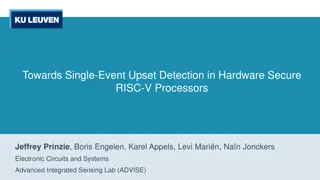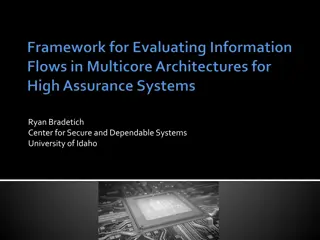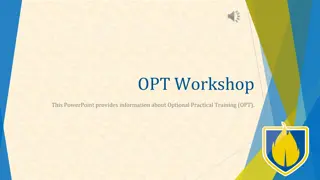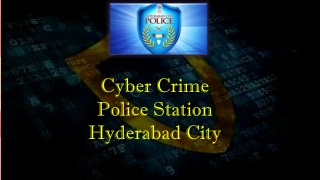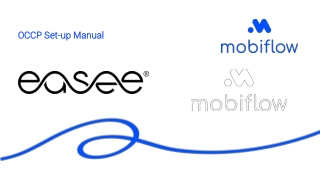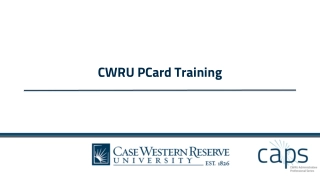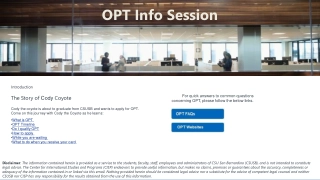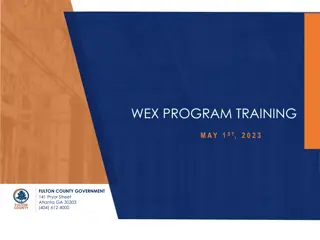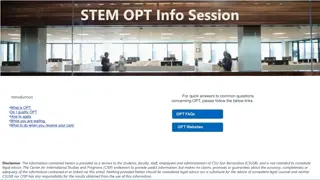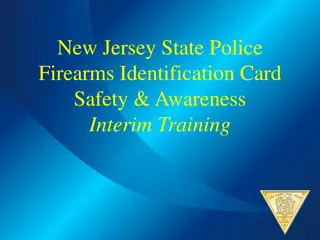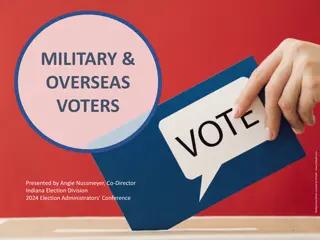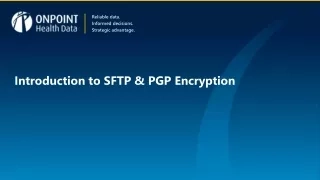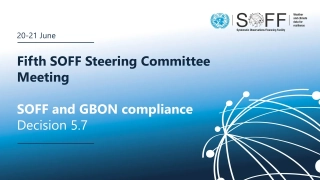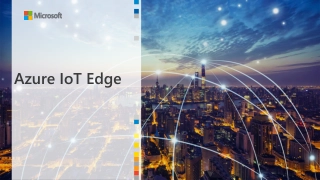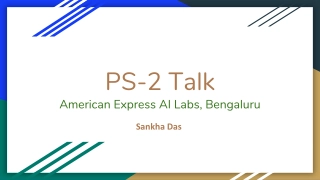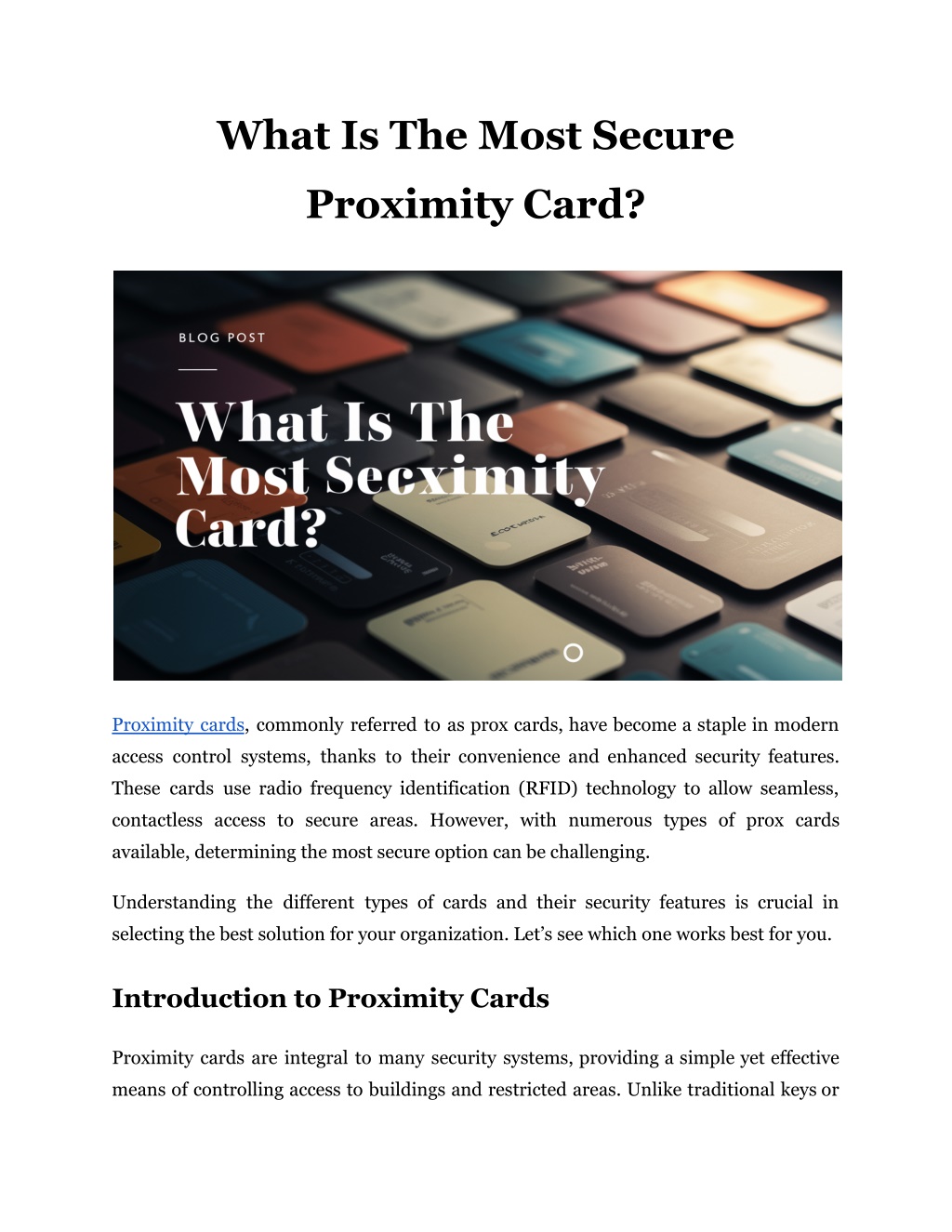
What Is The Most Secure Proximity Card?
Not all proximity cards are created equal! Learn how to choose the most secure option for access control systems, protecting your business and data.
Download Presentation
Please find below an Image/Link to download the presentation.
The content on the website is provided AS IS for your information and personal use only. It may not be sold, licensed, or shared on other websites without obtaining consent from the author. Download presentation by click this link. If you encounter any issues during the download, it is possible that the publisher has removed the file from their server.
Presentation Transcript
What Is The Most Secure Proximity Card? Proximity cards, commonly referred to as prox cards, have become a staple in modern access control systems, thanks to their convenience and enhanced security features. These cards use radio frequency identification (RFID) technology to allow seamless, contactless access to secure areas. However, with numerous types of prox cards available, determining the most secure option can be challenging. Understanding the different types of cards and their security features is crucial in selecting the best solution for your organization. Let s see which one works best for you. Introduction to Proximity Cards Proximity cards are integral to many security systems, providing a simple yet effective means of controlling access to buildings and restricted areas. Unlike traditional keys or
magnetic stripe cards, prox cards use RFID technology to communicate with card readers without physical contact. This not only speeds up the entry process but also reduces wear and tear on both cards and readers. Read More Articles: How Much Is A Private Jet In San Antonio? The Role of a Prox Card Programmer The security of a proximity card system also heavily relies on how the cards are programmed. This is where a Prox Card Programmer comes into play. This device, or sometimes software, is used to encode information onto the RFID chip within the proximity card. The programmer can set specific site codes and card numbers, which are critical for the card s unique identification within the access control system. The Card Programmer allows for custom configurations, making it harder for unauthorized individuals to duplicate or forge access cards. This is especially important in high-security areas where access control needs to be tightly managed and monitored. The Evolution of Prox Card Technology Initially, these cards were simple and lacked robust security features. Early models, such as those using magnetic stripes, were easily duplicated and prone to unauthorized access. The shift to RFID technology marked a significant improvement in both security and functionality. Types of Proximity Cards Proximity cards come in various forms, each with different levels of security: Standard 125 kHz Proximity Cards: These are the most basic prox cards, offering minimal security. They are easily cloned due to the lack of encryption, making them unsuitable for high-security environments.
26 Bit Proximity Cards: These cards offer better security compared to standard 125 kHz cards. The 26-bit format allows for a greater number of unique identifiers so there is less risk of duplication. These cards are compatible with many prox card programmers and are commonly used in mid-security applications. High-Frequency (13.56 MHz) Smart Cards: Operating at a higher frequency, these cards offer advanced security features. They use encryption protocols like Advanced Encryption Standard (AES). They are significantly harder to clone or hack. PVC Proximity Cards: Made from durable polyvinyl chloride (PVC), these cards offer enhanced physical durability and can be equipped with additional security features such as holograms, watermarks, and microtext to prevent counterfeiting. Read More Articles: What is a Cybersecurity Service Provider (CSSP)? Evaluating Security Features of Proximity Cards Encryption The prox cards with the best security employ strong encryption to protect the data transmitted between the card and the reader. High-frequency smart cards, for instance, use AES encryption, which is virtually impossible to crack with current technology. This makes them ideal for high-security environments. Multi-Factor Authentication Adding layers of security through multi-factor authentication (MFA) can significantly enhance the security of these cards. MFA requires users to verify their identity using multiple methods, such as a proxy card combined with a PIN or biometric scan. This means that even if a card is lost or stolen, there will not be any unauthorized access.
Card Management and Programming A reliable programmer is essential for managing and programming cards. Advanced ones can encode multiple security features and manage access permissions efficiently. Regular updates to the software also result in systems that remain secure against new threats. The Most Secure Proximity Card Given the various options and security features available, the best proximity card would typically be the high-frequency (13.56 MHz) smart card. Here s why: Advanced Encryption Tamper-Resistant Multi-Functionality Physical Security Features Get Your Cards From Bristol ID Technology Bristol ID Technologies PVC proximity cards further enhance security by incorporating additional physical features mentioned earlier in the blog post. Coupled with our state-of-the-art proximity card programmers, we ensure that every card is encoded with precision and managed efficiently to meet the specific requirements of our clients. Get Your Cards Now! Site Article: What Is The Most Secure Proximity Card?

